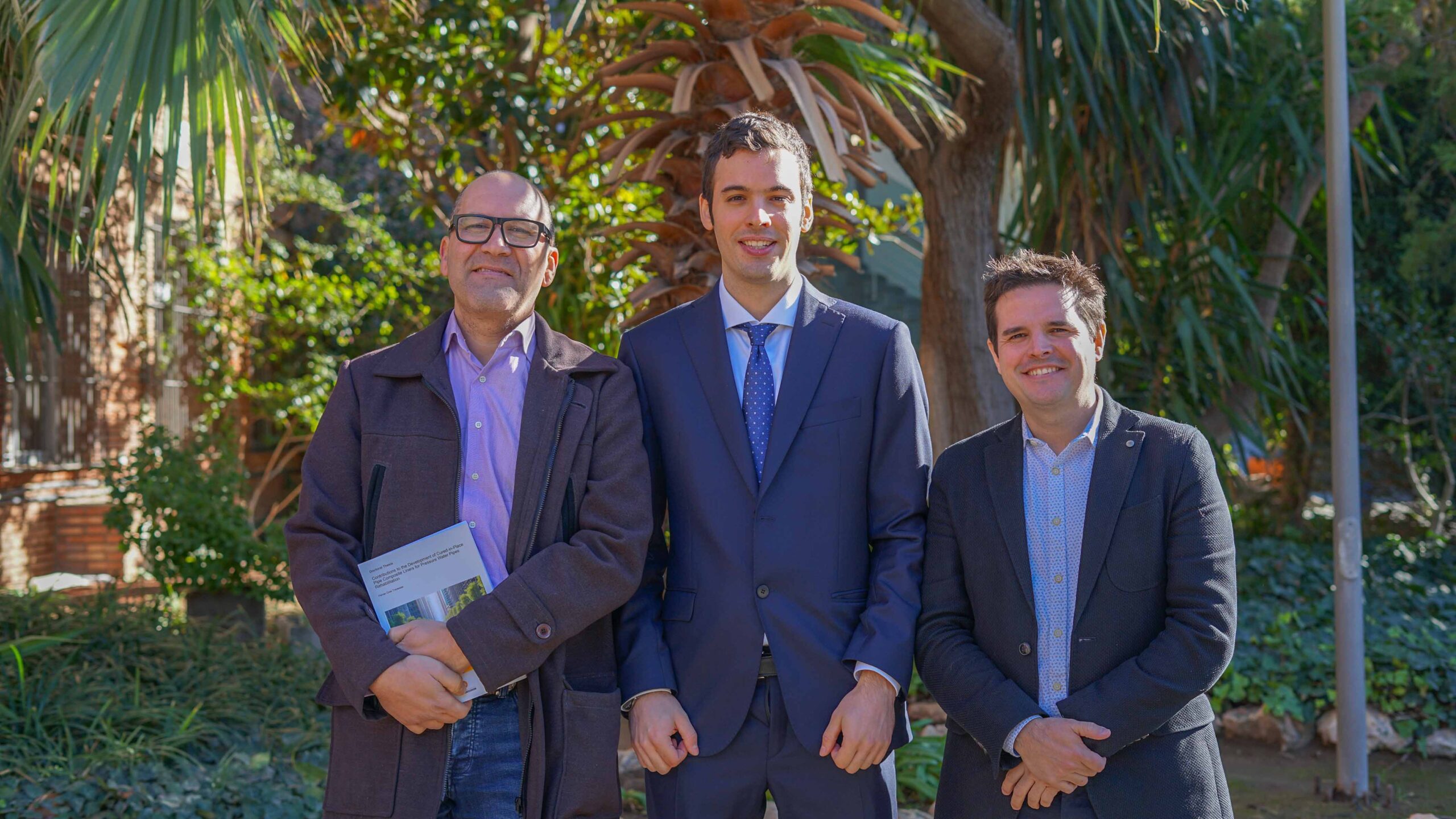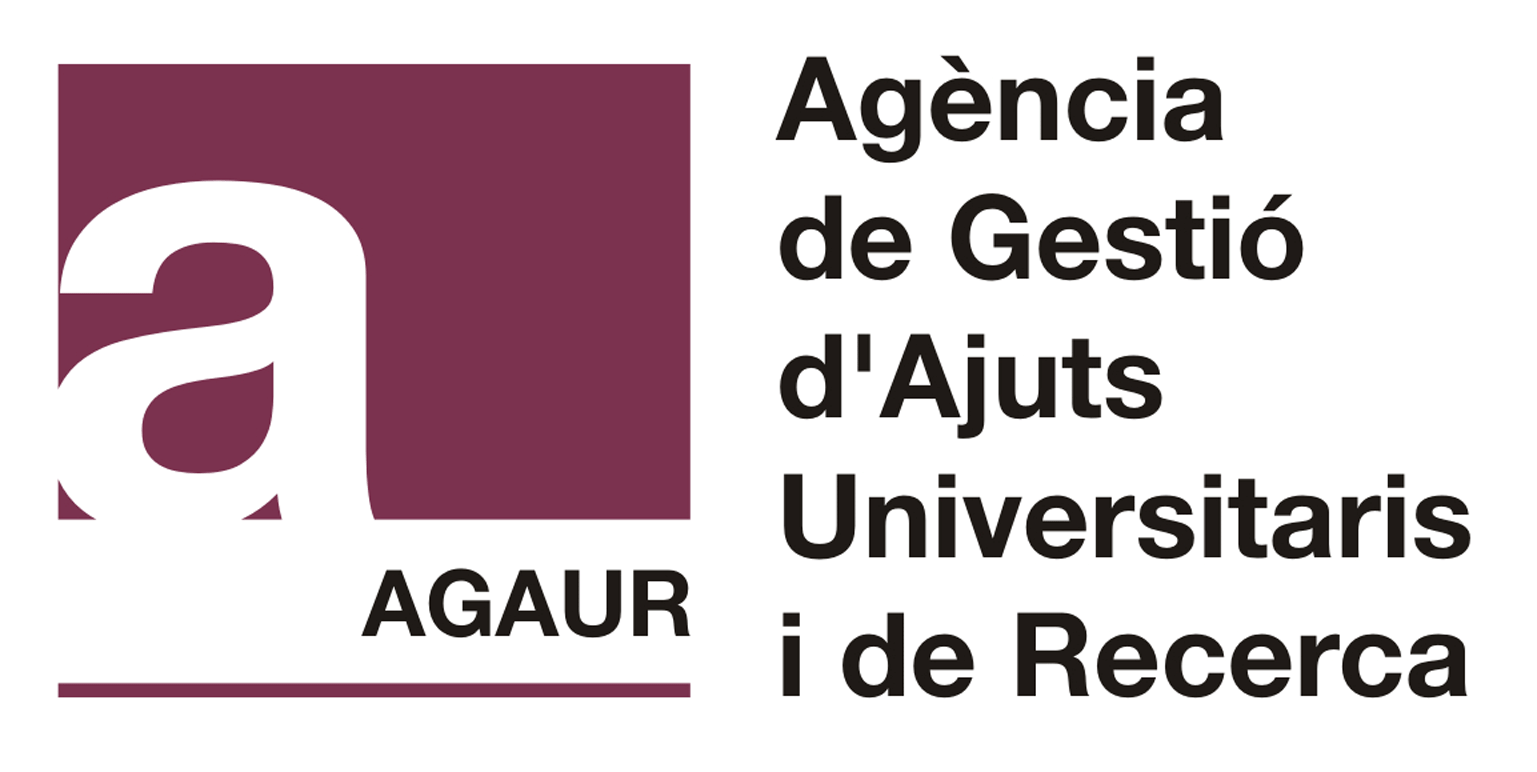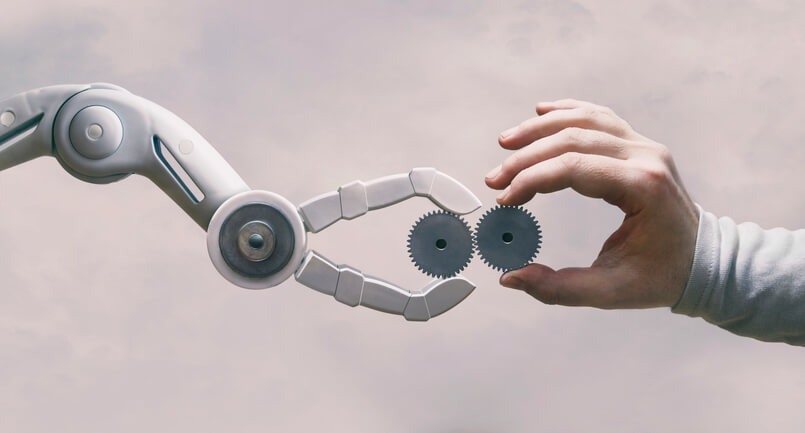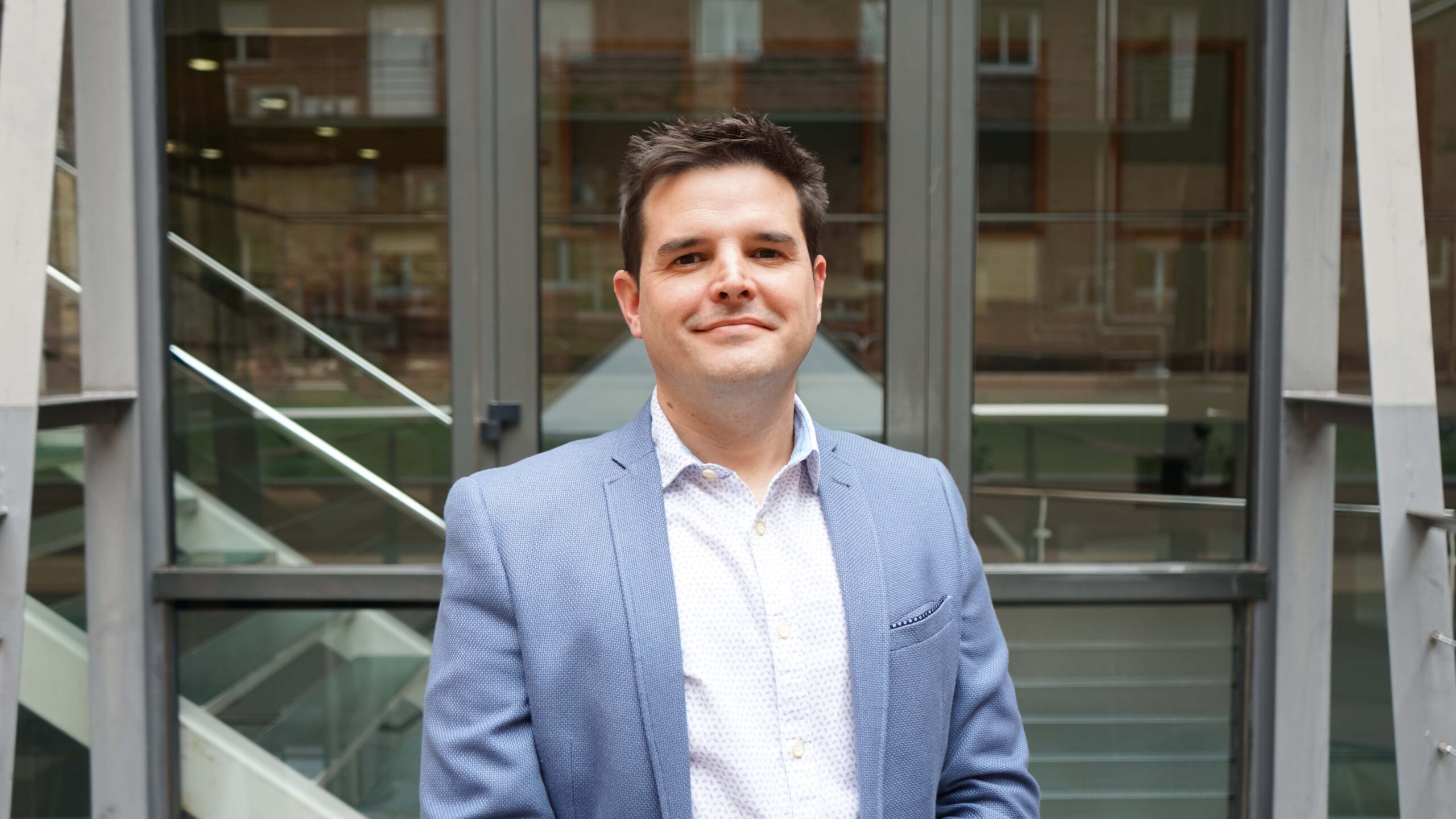In recent decades, ageing pipes have become an unfortunate reality in most developed countries, mainly due to insufficient renovation levels. The widespread deterioration of pipes causes frequent leaks and breakdowns and, therefore, significant losses of drinking water. Above all, this is critical due to the increased periods of water scarcity attributed to the consequences of climate change. As a result, governmental entities and companies have intensified efforts to minimize the loss of drinking water during transport.
The immense expanse of the water network makes the progressive replacement of pipes a crucial challenge. Not only is replacement an expensive solution, but it also requires significant time and resources. In recent decades, trenchless technologies have emerged as a viable and sustainable alternative to replacing deteriorated pipes, with reduced costs and shorter installation times. They take advantage of the conduit of the deteriorated (host) pipe to create a new one inside, and it is only necessary to access the initial and final point of the section to be rehabilitated. With this method, the impact on urban life is minimal as both road traffic and pedestrians above the section being worked can continue with daily life while the rehabilitation work is being carried out..
In recent years, the Cured-In-Place Pipe (CIPP) method has experienced an increase in demand. Although it is a well-established technique in the rehabilitation of sewer pipes, it presents a greater technical challenge for drinking water pipes due to the higher working pressures. In these cases, minor defects can have a significant impact on the performance of the installed pipes, leading to leakages in a short time. Therefore, it is necessary to expand the level of knowledge of CIPPs, especially as applied to drinking water pipes.
Within this context, Dr Ferran Gras Travesset recently completed his doctoral thesis at IQS, entitled Contributions to the Development of Cured-in-Place Pipe Composite Liners for Pressure Water Pipes rehabilitation. He conducted his thesis under the Government of Catalonia’s Industrial Doctorates Plan, co-financed by the Aigües de Barcelona water company and the IQS School of Engineering (Ramon Llull University). His thesis was jointly supervised by Dr Marco Antonio Pérez, coordinator of the Applied Mechanics and Advanced Manufacturing Group (GAM) at IQS, and Dr Antoni Andreu, from Aigües de Barcelona.
Contributions of this research to the CIPP technique
In his doctoral thesis, Dr Gras Travesset made significant contributions to the CIPP technique, specifically to the field of pressurized water pipes. The objective of his thesis was to contribute to the advancement of this technology by addressing the uncertainties associated with the rehabilitation of pressurized drinking water pipes, which arise both in the design and after the installation of CIPP liners. Improvements have been made in the design of the liners, the development of new mechanical tests to evaluate the mechanical behaviour of the CIPP liners installed on site, and the application of improvements to the quality control procedures specific to CIPP.
As a result of this research, a quality control protocol has been established for the installation of CIPP liners in pressurized pipes to identify possible defects in the different stages of the installation process, along with tests in both the longitudinal and circumferential directions. The new protocol has been incorporated into the recent UNE 53929:2022 standard: Rehabilitation of supply and sewerage pipes with continuous cured tubes in situ (CIPP). Design, calculation, and installation.
Second, a new test method called Inner Balloon Pressure Testing (IBPT) has been proposed, with the aim of addressing and overcoming the deficiencies detected in the current procedures, to evaluate the tensile strength in the circumferential direction of a liner installed on site. In addition, in his thesis, Dr Gras also obtained experimental data from a full-scale field trial on a deteriorated reinforced concrete pipe for the transport of pressurized drinking water.
Finally, he also developed a mathematical model based on Machine Learning approaches to optimize the design of semi-structural liners for deteriorated pressurized pipes. Unlike current analytical design equations, this mathematical model takes into account both circular and irregular holes in the host pipe, thus making a relevant contribution to the design of semi-structural CIPP liners.
In the words of Dr Antoni Andreu, “the close collaboration between IQS and Aigües de Barcelona has been fundamental to effectively and safely address the technological challenge involved in the rehabilitation and preservation of drinking water transport networks. Thanks to this synergy, we have been able to combine the technical knowledge and research experience of IQS with the operational experience and practical needs of Aigües de Barcelona, achieving objectives that have allowed us to deepen our knowledge of the CIPP technique.”
Related publications
Gras-Travesset, F., Andreu Torras, A. & Pérez, M. A., A novel test procedure to assess the performance of composite cured-in-place-pipe liners for rehabilitation of water pressure pipes, Case Studies in Construction Materials, 19, e02381, 2023.
Gras-Travesset, F., Andreu Torras, A. & Pérez, M. A., Optimizing thickness for semi-structural CIPP liners in pressure pipes: A mathematical modeling approach. Tunnelling and Underground Space Technology. On press, 2024.
This thesis has received funding from the Agency for the Management of University Grants and Research (AGAUR) and the Industrial Doctorate Plan of the Government of Catalonia’s Department of Research and Universities, project DI 2019 0045.
















